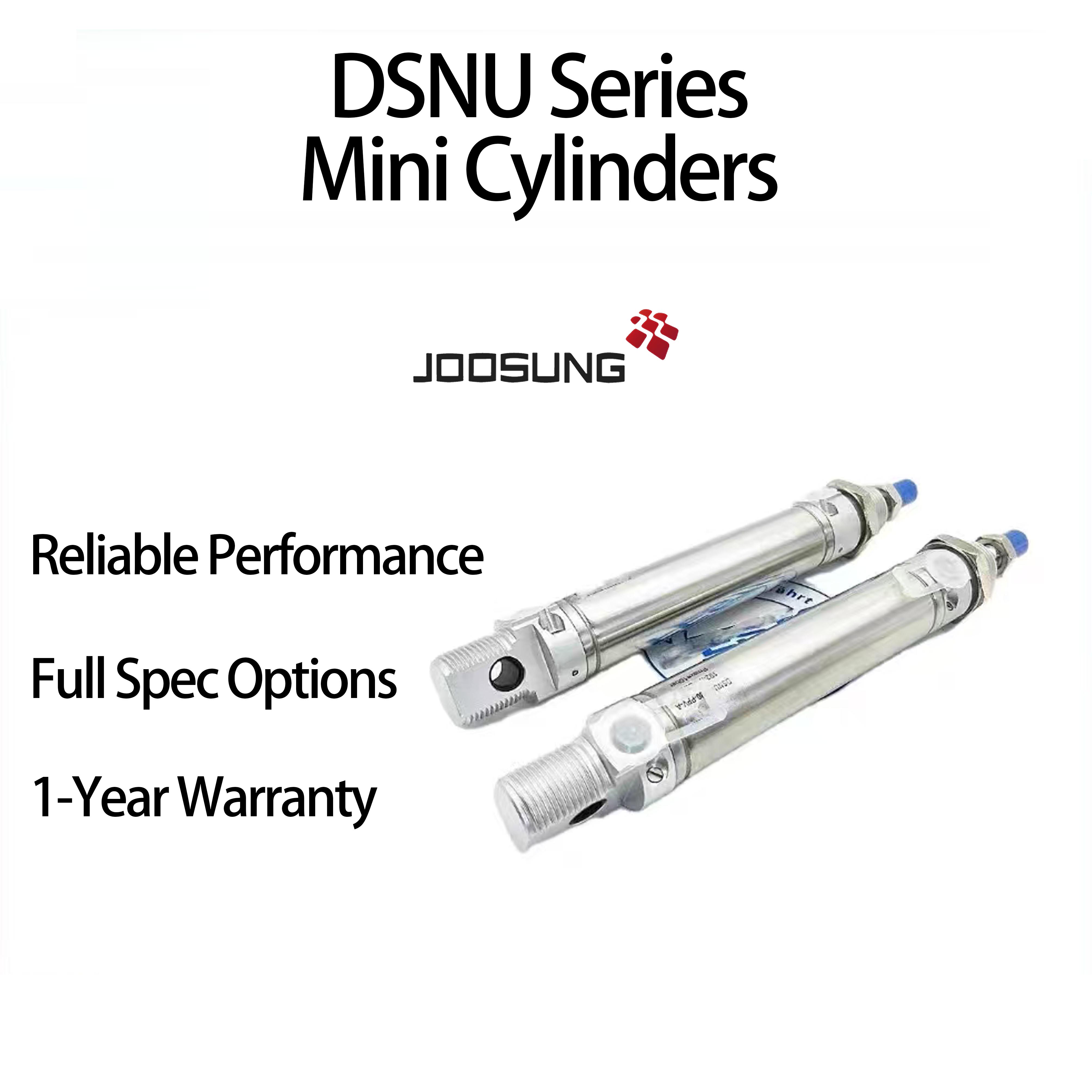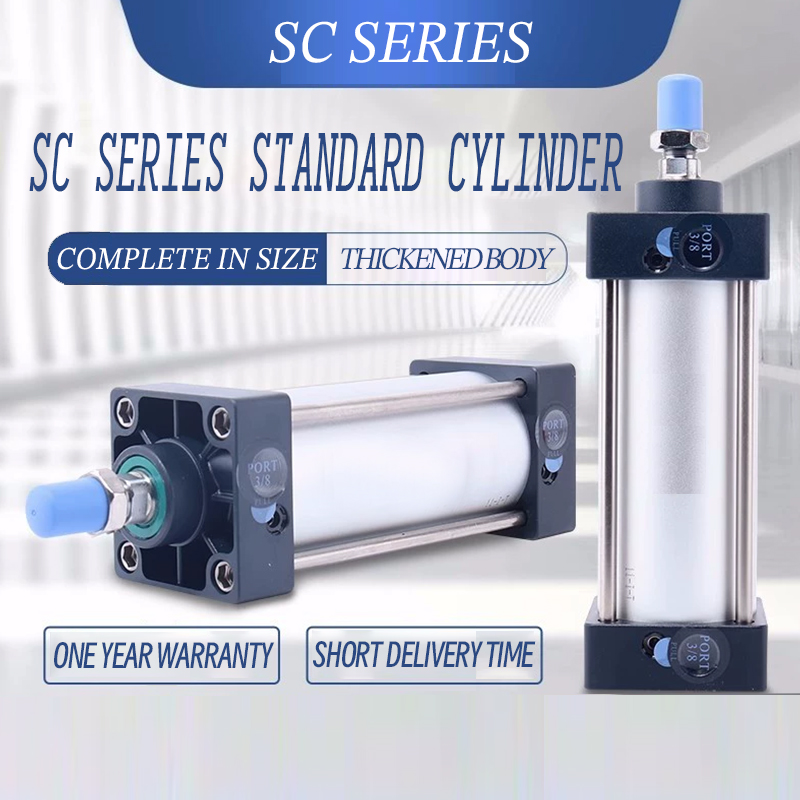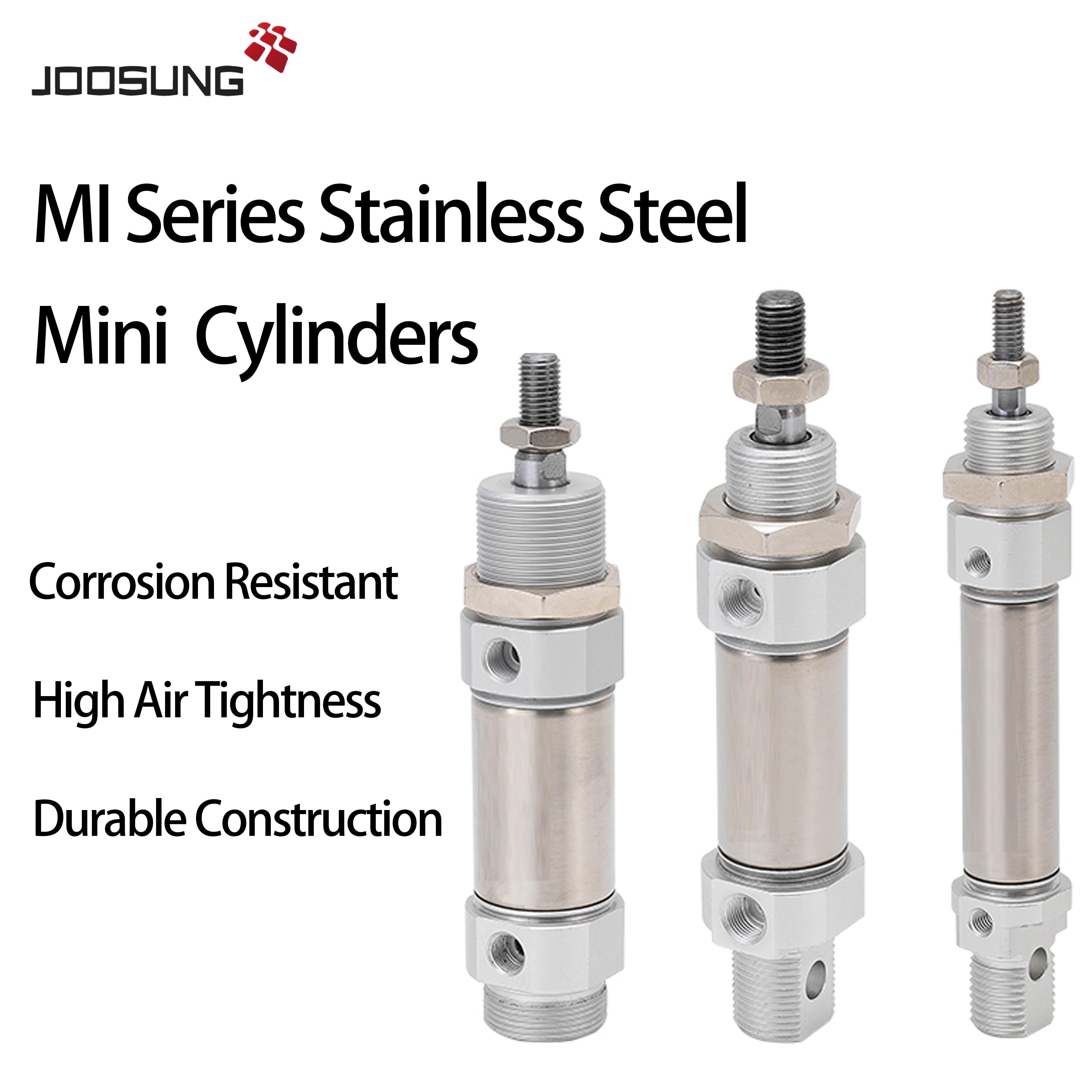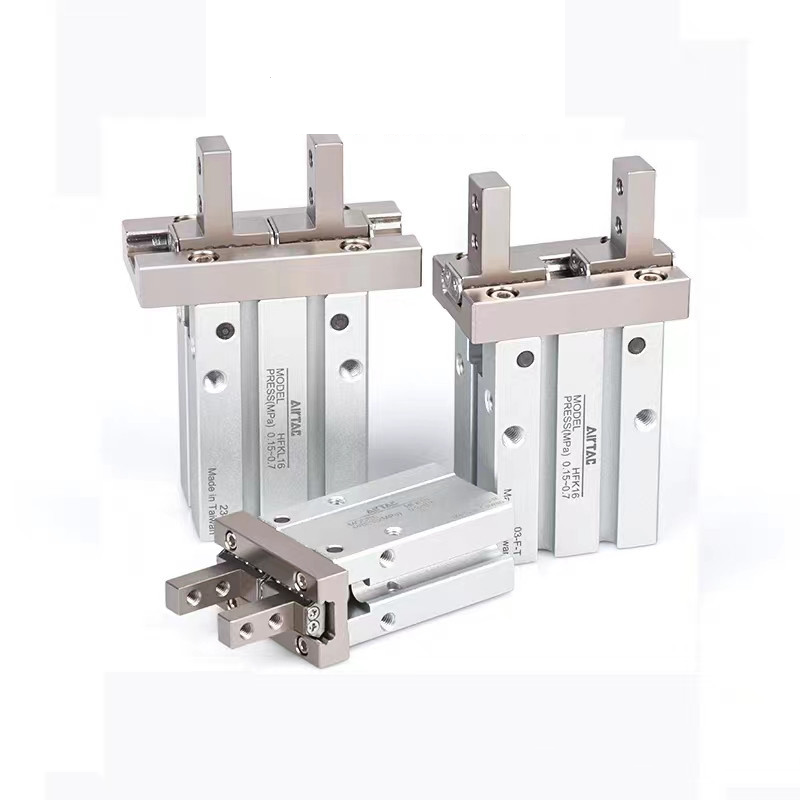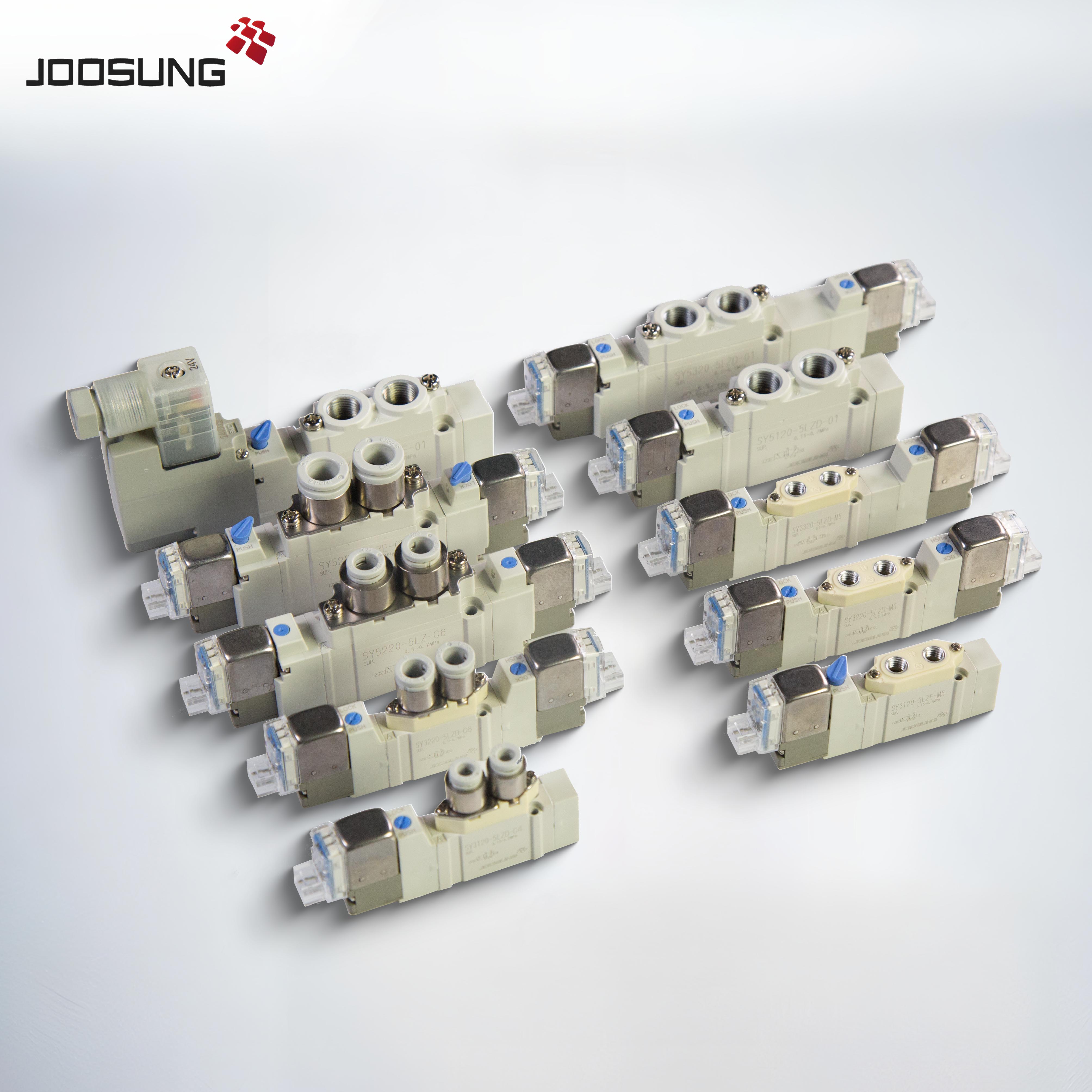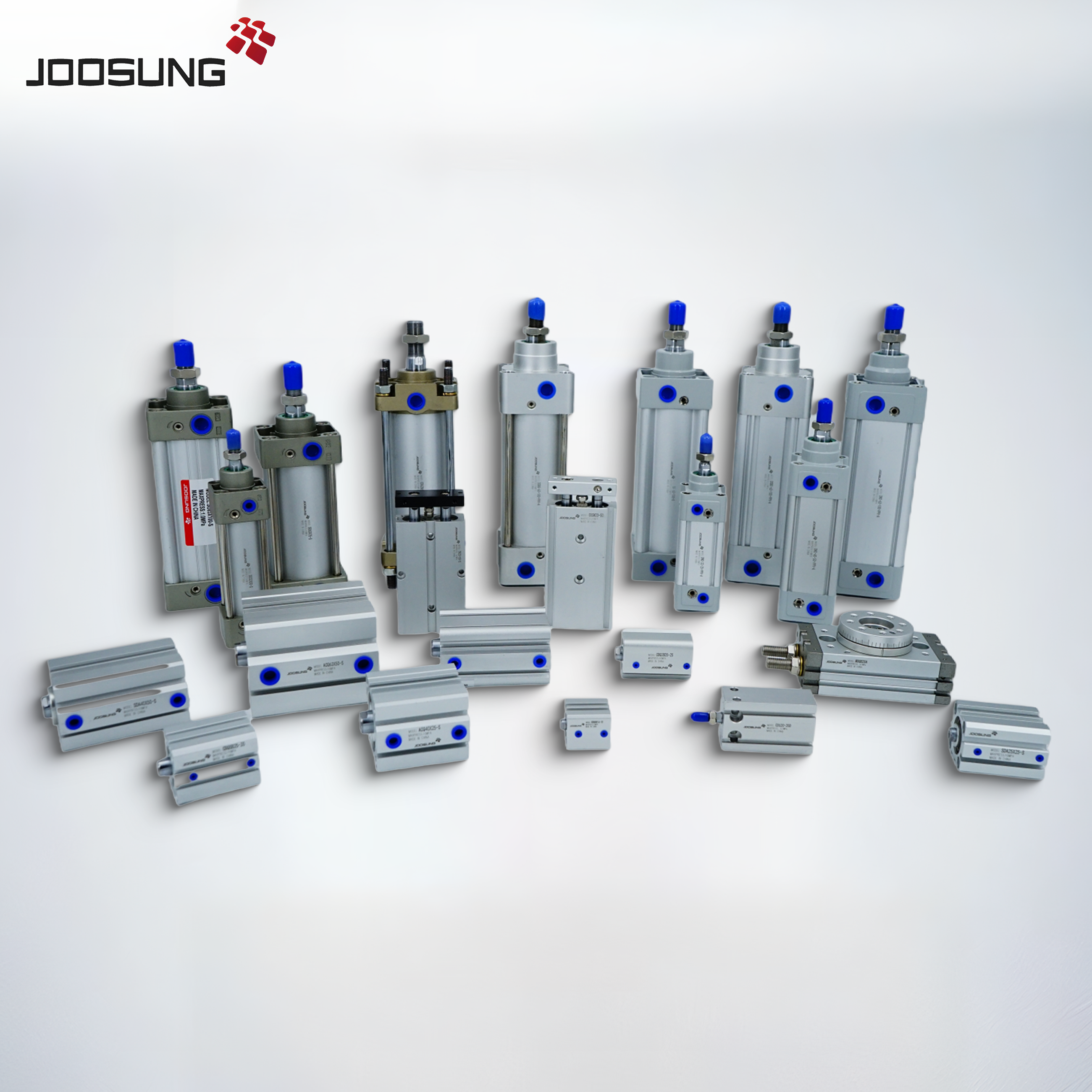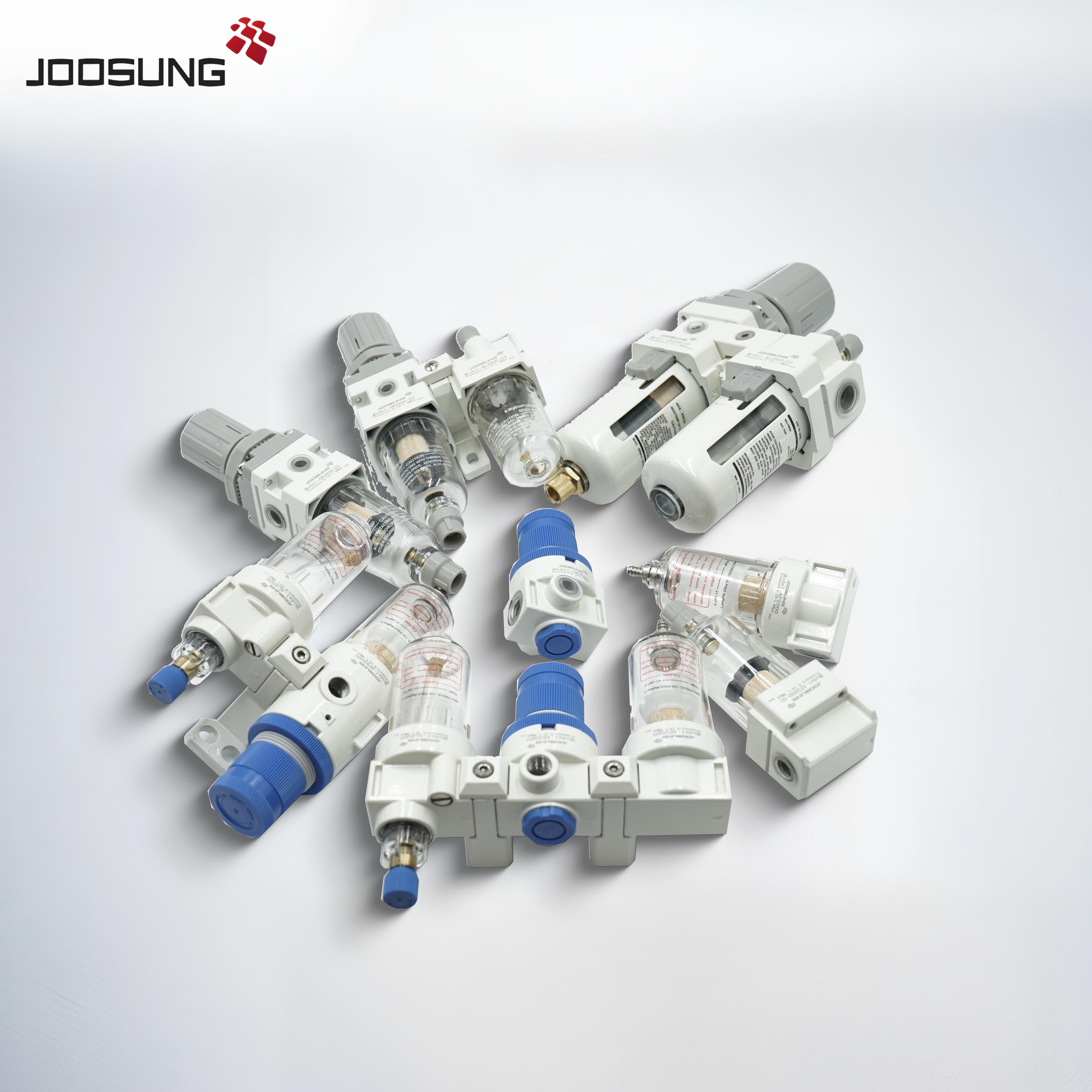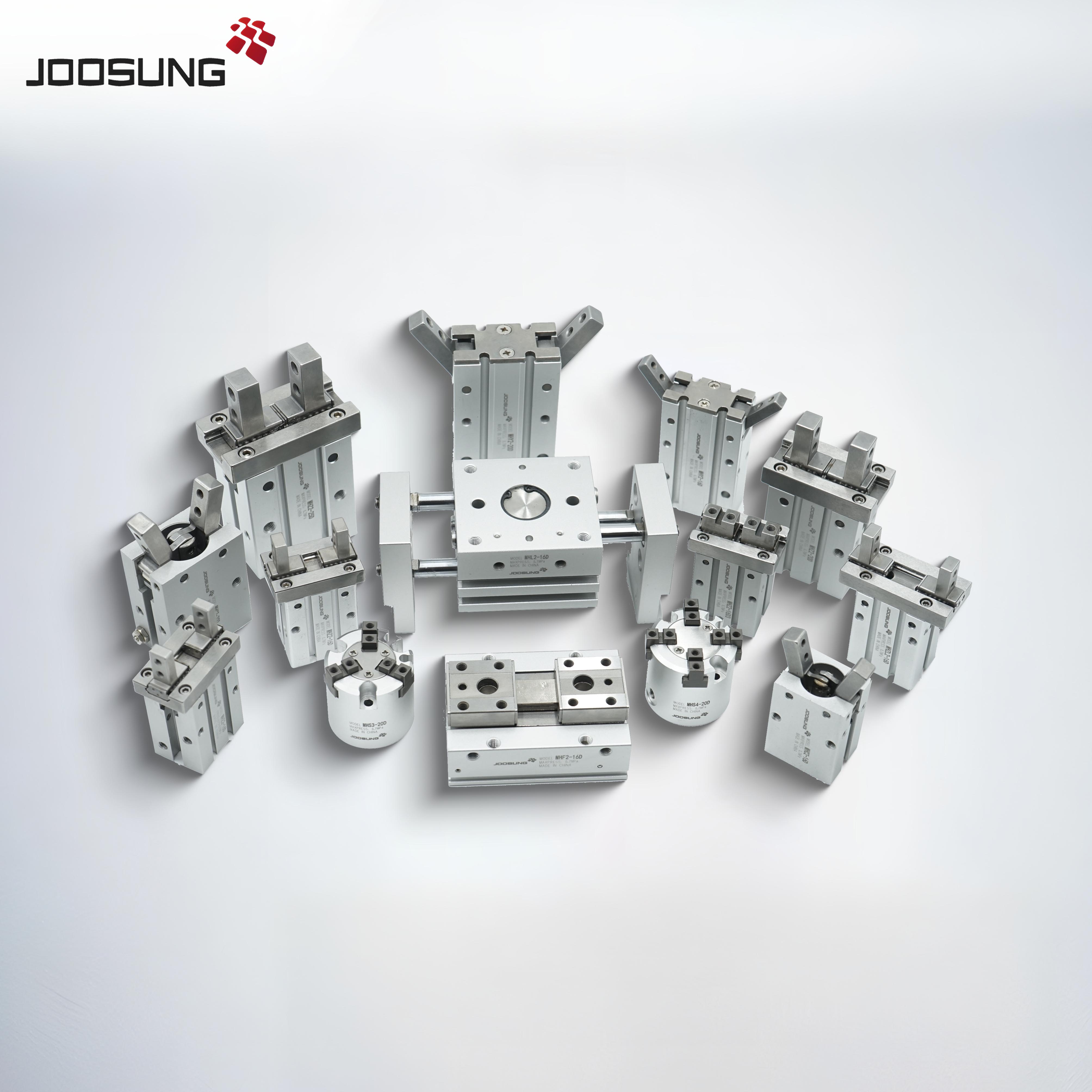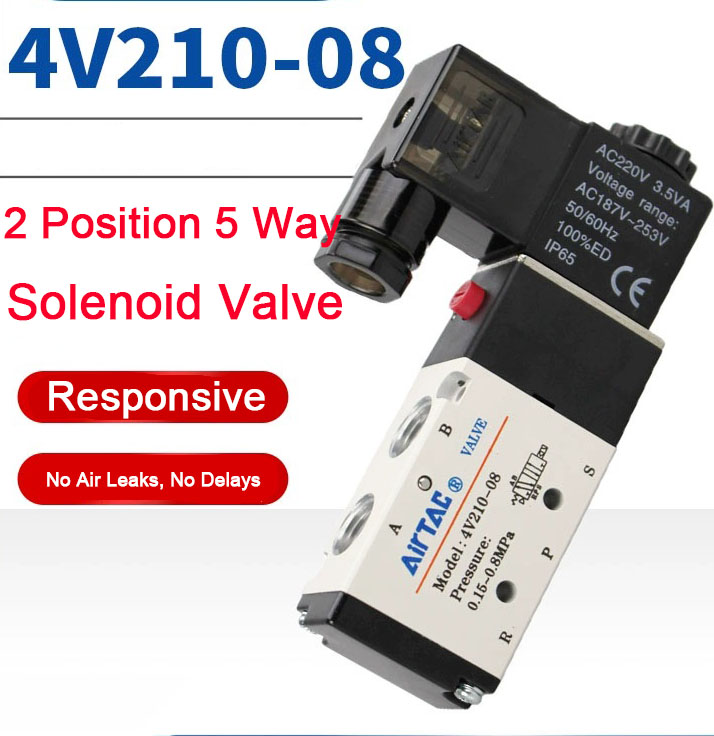
If your air solenoid valve is malfunctioning or "bad," it can cause various issues in your pneumatic system, such as air flow problems, equipment not operating correctly, or system inefficiency. Here are some common signs and troubleshooting steps to determine if your air solenoid valve is bad:
1. No Air Flow or Intermittent Flow
- Symptom: If the solenoid valve is not allowing air to flow when it should, or the air flow is intermittent (turns on and off unexpectedly), this could be a sign that the valve is faulty.
- What to do:
- Check the power supply to the solenoid coil.
- Inspect the valve for blockages, dirt, or debris that may prevent it from opening properly.
- If the solenoid coil is energized but the valve isn't operating correctly, the valve could be defective.
2. Solenoid Coil Isn't Energizing
- Symptom: If the solenoid is not activating, you won't hear the usual clicking sound when it should switch. This might indicate that the coil is damaged or that there's no power supply.
- What to do:
- Use a multimeter to test the resistance of the solenoid coil. If the resistance is too high or too low (depending on the manufacturer’s specifications), it indicates that the coil is faulty.
- Check the electrical connections to ensure there is voltage reaching the solenoid.
3. Erratic or Inconsistent Valve Operation
- Symptom: If the valve operates erratically (e.g., opens and closes randomly), it could be a sign of internal damage or coil issues.
- What to do:
- Check for voltage fluctuations or electrical wiring problems that might be affecting the solenoid's operation.
- Inspect the solenoid valve for mechanical wear, dirt, or damage to internal components like the diaphragm or valve seat.
4. Hissing or Leaking Air
- Symptom: A constant hissing or air leakage around the valve, even when it's supposed to be closed, may indicate a worn or damaged valve seal.
- What to do:
- Inspect the valve for signs of wear or physical damage.
- If the valve seals or O-rings are damaged, they may need to be replaced to stop the leak.
5. Excessive Heat
- Symptom: If the solenoid coil is overheating, it may be indicative of electrical problems, like short circuits or a malfunctioning coil.
- What to do:
- Check the voltage and current supplied to the solenoid to ensure they match the specifications.
- Allow the solenoid to cool down and then test it again.
6. Solenoid Clicks, But Valve Doesn’t Open
- Symptom: If you hear the solenoid click but the valve doesn’t change position (i.e., doesn't open or close), there may be an issue with the valve’s internal mechanism, such as a stuck plunger or worn-out components.
- What to do:
- Disassemble the valve (if possible) and clean it to remove any blockages.
- Inspect for signs of internal wear or stuck parts that prevent the valve from operating properly.
7. No Electrical Signal to Solenoid
- Symptom: If the solenoid is not receiving an electrical signal when it should be energized, it could indicate a problem with the control circuit.
- What to do:
- Check the control circuit or relay for malfunction.
- Ensure the wiring and connections are intact and that the signal from the control system is being properly sent to the solenoid.
8. Solenoid Valve Doesn't Return to Its Resting Position
- Symptom: Some valves are spring-loaded and should return to their resting position (open or closed) when the solenoid is de-energized. If the valve fails to do this, the solenoid may be damaged.
- What to do:
- Check the spring and actuator for mechanical failure or misalignment.
Steps to Troubleshoot and Test:
Power Check: Verify that the electrical supply to the solenoid is working correctly. Measure the voltage to ensure the solenoid coil is getting the correct power.
Visual Inspection: Inspect the valve for visible damage, wear, or blockages. Clean or replace parts if necessary.
Check the Coil Resistance: Use a multimeter to test the solenoid coil's resistance. A typical coil should have resistance in the range specified by the manufacturer. If it's shorted or open, the coil is likely bad.
Functional Test: If possible, manually actuate the valve by applying the correct voltage and listen for the click or feel for the valve's movement. If the solenoid clicks but the valve doesn’t move or the flow doesn’t change, internal components may be damaged.
Check for Leaks: If air leaks or there’s a loss of pressure, the valve seals may be worn out, or the valve itself may be defective.
Conclusion:
If you're experiencing any of these issues and troubleshooting steps don’t resolve them, the solenoid valve may need to be replaced. In many cases, cleaning or replacing seals, gaskets, or the solenoid coil can fix the problem without needing to replace the entire valve. However, if the valve is internally damaged, a full replacement might be necessary.


